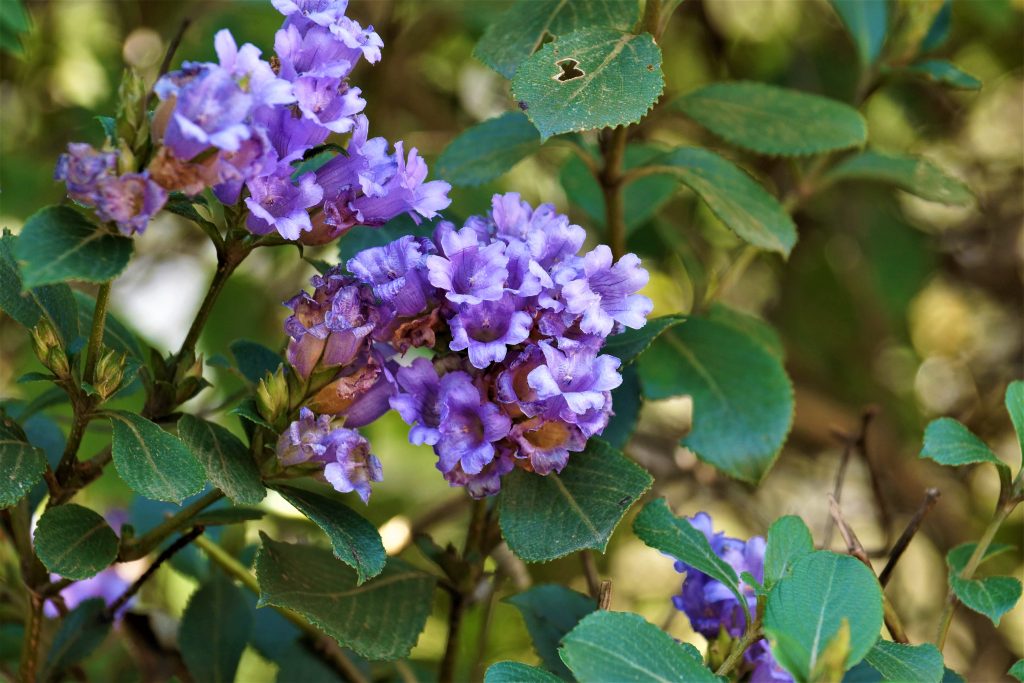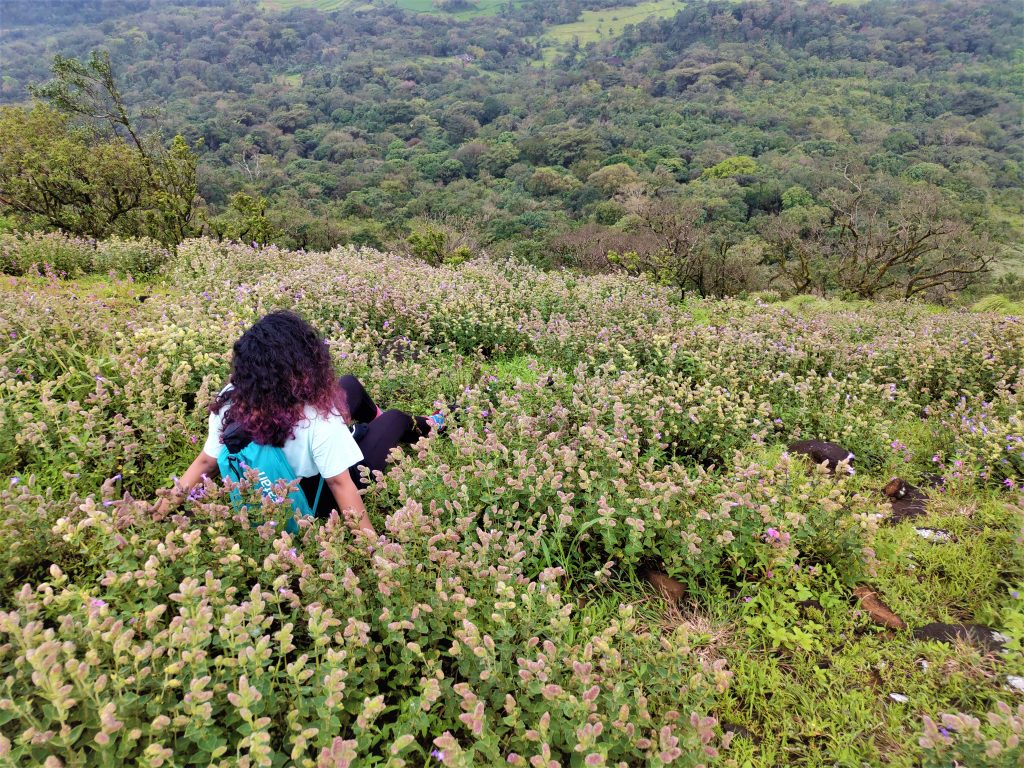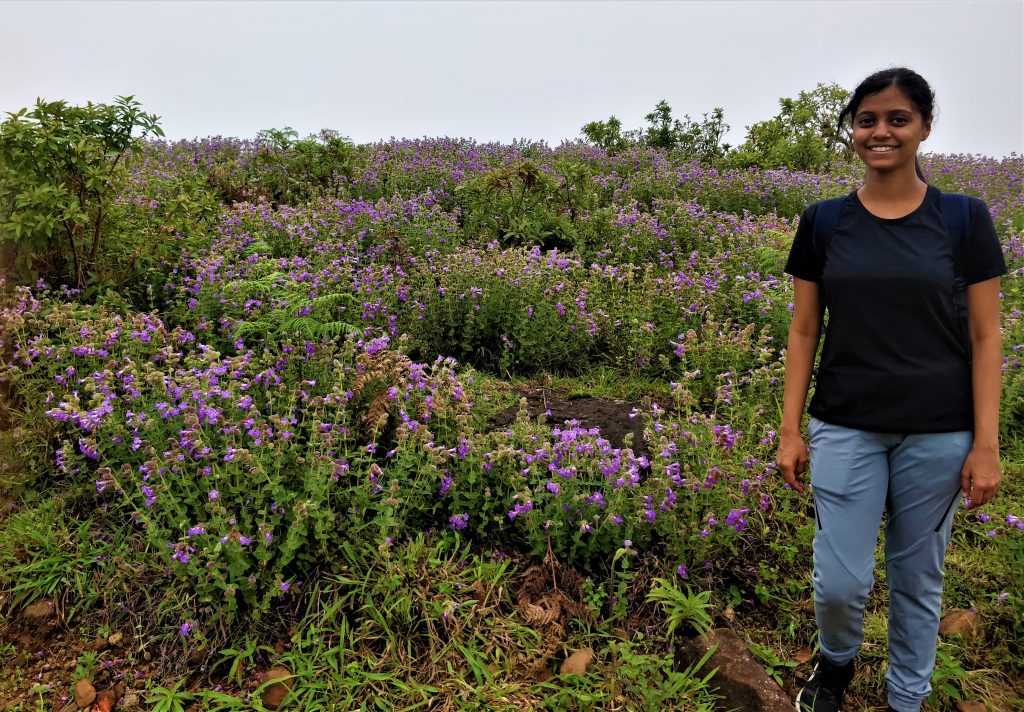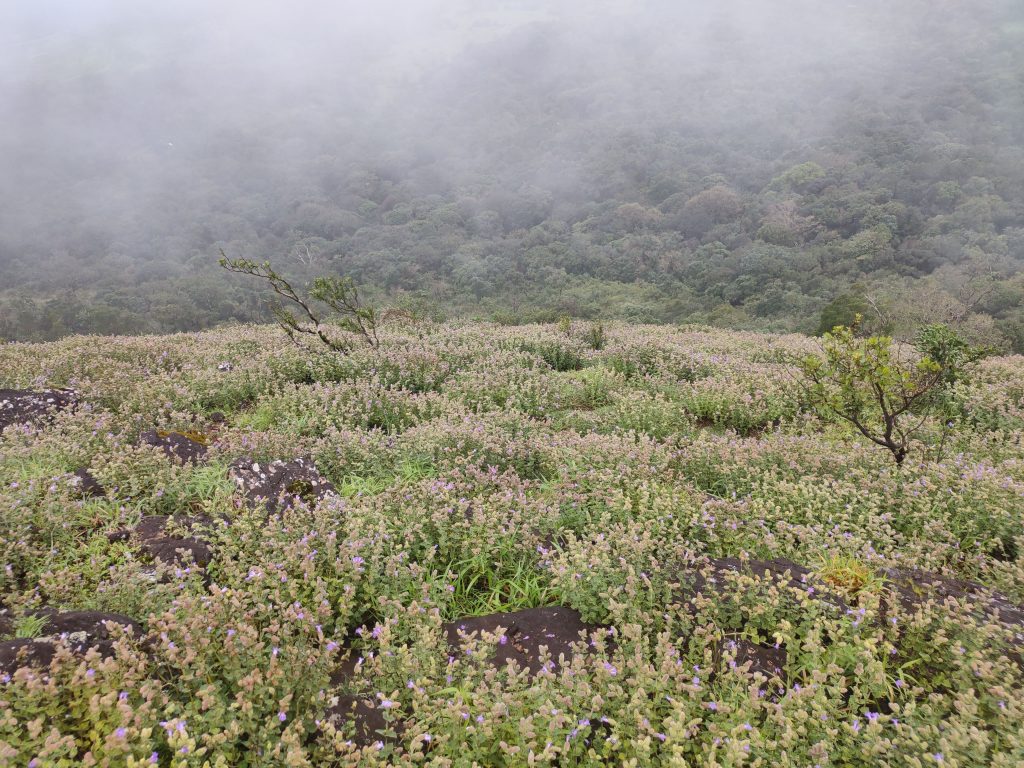Welcome to the colourful, buzzing, sprawling reproductive land of the Neelakurinji plant.
Being nature lovers and photography enthusiasts, many people from India and abroad are keenly focusing their lenses on the Neelakurinji that is currently blooming in the Kodagu district of Karnataka. And why not? The rare blue-purplish blossom is inviting many to the Western Ghats of India. Most importantly, the phenomenon – where the hills, grasslands and valleys cover themselves in a layer of blue – occurs only once in 12 years. That sounds insane!
Today, the Internet is flooded with images of people dotting their mark on the fields of Neelakurinji or Strobilanthes Kunthiana. But sadly, we are also witnessing people plucking, killing and destroying the plants.
It is evident that when an average human sees something in abundance, they don’t care to waste some. But then a thought arises: Why should we even save something sprawling as far as the eye can see and, moreover, die in some other days?
The reasons are not that simple. The Neelakurinji plant contributes to the ecosystem in far more ways than we can imagine.

With the increase in cash crops production – like areca, eucalyptus, acacia, coffee and tea – most of the forests were cleared down by the colonial government in the 19th century.
Till today, the area of Neelakurinji is quite large and not protected from anthropogenic disturbances. Encroachers burn down hectares of land to halt Neelakurinji growth.
Then tourism is another factor that contributes leaps and bounds in destroying the plants. With the swarm of tourists barging the lands of the Neelakurinji, the images of what is left over after the season are pretty disheartening.
We must consciously make sure that while we go to the land for our pleasure, we must give back equally to society:
With the destruction of forests, climate change is also evident in areas with high altitudes. This is a sign of worry.
According to Scroll.in:
“The results detailed in a study in the journal Theoretical and Applied Climatology show that the Western Ghats has experienced warming of about 0.8 degrees Celsius in the past 100 years due to climate change.”


All regions where Neelakuringi plant is grown:
In 2021, Karnataka’s Kodagu district and Kerala’s Idukki are witnessing this rare phenomenon attracting many tourists to the forested mountains of Mandalpatti and Kote Betta, Idukki’s Shalomkunnu (Shalom hills).

If the killer practices are continued, we will surely lose a lot for our future generations. Plan the Unplanned conducts treks and tours in these regions but takes utmost care to preserve these areas. We take immense pride in our team that focuses on responsible travel. And we guide our trekkers to practice the same. We conducted the following treks in the season. The views were overwhelming for each of us who witnessed it: Shepherd’s Trail, Kotebetta, Ballalarayana Durga and Bandaje Falls Trek and Doddabetta.
What we observed was so spectacular that some of us left with dewy eyes. Nature surprises us. Let us try to keep it healthy, young and radiant forever.
We hope you learnt a lot about Neelakurinji plant from this article. Let us know in the comments about the practices you follow to safeguard nature. Also, share this knowledge as far as you can and educate your peers.

Hey Eetkamer,
Thanks for mentioning this. Last time, it was conducted in 2018. Please let our readers know about the dates if it’s announced yet.
Since awareness about Kurinji is not widespread other than among nature lovers, research students and forest officials, the Dindigul district administration (where Kodaikanal lies) has planned to celebrate a grand festival on Kurinji this year in order to make the public aware of this wonderful flowering species. Hoardings will be erected with details of the plant species in the regions where the gregarious flowering is seen. The festival on Kurinji has been planned for this month. We are a voice to you; you have been a support to us. Together we build journalism that is independent, credible and fearless. You can further help us by making a donation. This will mean a lot for our ability to bring you news, perspectives and analysis from the ground so that we can make change together.